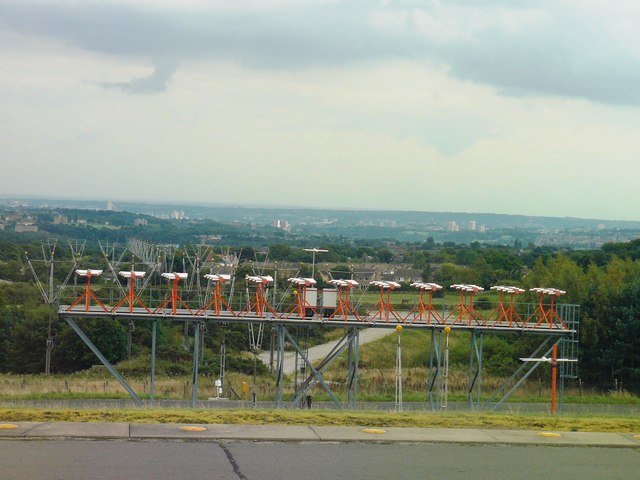

These points determine the spatial orientation of the tomographic image plane relative to the stereotactic frame. Attaching three N-localizers to a stereotactic instrument allows calculation of three points where a tomographic image plane intersects three diagonal rods (Figure 2). The N-localizer comprises a diagonal rod that spans two vertical rods to form an N-shape (Figure 1) and permits calculation of the point where a tomographic image plane intersects the diagonal rod. Conversely, I also teach the same concept for an ILS except the heading to fly is on top of the VOR indicator instead of on the bottom.The N-localizer is a device that enables guidance of stereotactic surgery or radiosurgery using tomographic images that are obtained via computed tomography (CT), magnetic resonance imaging (MRI), or positron emission tomography (PET).

Take a look at the heading indicator and determine that you most likely need to turn left to re-intercept the back-course. I say to select a heading under the needle to fly. Conventional wisdom says you need to turn away from the needle to re-intercept. If this was a back-course approach, notice that the needle is deflected to the right. For pilots using a VOR, the needle will shade bottom numbers that correspond to heading that need to be flown to get back onto the back-course approach. For pilots that use an HSI this will provide for "positive sensing" meaning the needle will deflect correctly. Whenever I fly a back-course approach, irrespective of whether I am using an HSI or VOR receiver, I will always set in the front course. The same flight and navigation instruments required to fly a front-course ILS is required to fly a back-course ILS.įrom a technique standpoint.This is around 3.5% of back-course approaches as compared to ILS approaches. There are approximately 1,893 ILS approaches. How common is a back-course approach? There are currently 69 back-course approaches in the United States.If there is a back-course published, the signal strength will be strong enough to fly the approach as required. What does back-course mean? It simply means you are flying on the opposite of the localizer signal.The problem comes in for the back-course is that the needle deflection is deflected the wrong way. The localizer needle doesn't know if you are on the front-course or the back-course and will show the same deflection for both situations. If you are flying the back-course, the blue lobe would be on the left. Now imagine flying the front-course, the blue lobe is on the right. Notice the top left of the picture shows the same lobes on the same side of the runway. See this figure from the Instrument Flying Handbook (2015) published by the FAA. The localizer needle in the airplane compares the relative strength it receives from both lobes and then shows a deflection. How a localizer works is it sends out two signal lobes: one at 90Hz and the other at 150Hz. A localizer back course is simply flying on the back side of the localizer to the runway.


 0 kommentar(er)
0 kommentar(er)
